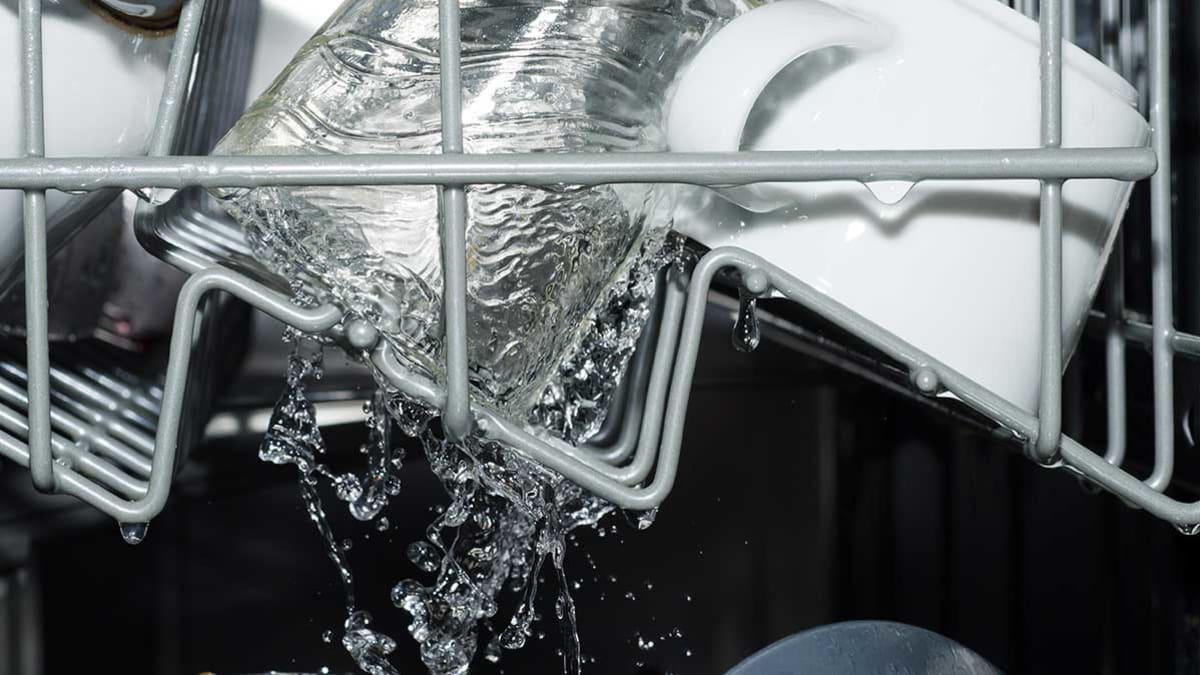
Using a dishwasher may seem intuitive, but all the repair technicians and dishwasher manufacturers we reached out to agree: A thorough read-through of your machine’s instruction manual is worth the time and effort. From how best to load your dishwasher to how best to clean it, you’ll find the fundamental details you need to lessen wear and tear on your particular model while getting your dishes as clean as possible. Basics aside, work these eight expert-backed strategies into your kitchen routine, too, and chances are you’ll further optimize your dishwasher’s longevity.
1. Scrape the plate—but don’t rinse it. Most dishwashers don’t require a prerinse, but be sure to scrape off bones, toothpicks, and other solid items before loading your dishes. These hard bits can clog the drain hose, tear the filter, or damage the pump.
2. Give the filter a hand. The remaining stuck-on food has to go somewhere, and unless your dishwasher has an old-school food grinder, you’ll have to clean the filter manually. Adam Hofmann, a senior engineer at Midea’s America Research Center, says to do this every month or so, and more often if necessary. “A telltale sign it’s time is when you notice a decrease in wash performance or dishes feel gritty,” he says.
Remove the bottom rack and you should find a plastic cylinder that you can unscrew to lift out (if it’s not there, consult the dishwasher manual). Rinse the filter under running water until it’s free of debris. It’s fine to use soft sponges and warm, soapy water for stubborn food bits, but abrasive brushes or steel wool can damage the filter.
And if you find any holes, replace the filter immediately to prevent seeds or bits of bone from slipping through and into the pump. Otherwise, they can damage the pump impeller and motor seals, which are costly parts to repair.
3. Degunk the door seal. As needed, use a rag and white vinegar to clean the seal between the dishwasher door and the tub, where residue and food particles collect. Buildup can cause odors, lead to mold growth, and potentially keep the door from sealing properly.
Avoid using bleach-based wipes, harsh chemicals, scouring pads, and anything abrasive on stainless steel doors and tubs.
4. Remove hard-water residue. If you live in an area with hard water, the inside of your dishwasher is likely to develop mineral films and discoloration. According to Hofmann, these deposits look like a cloudy film on your dishes and the interior of your machine, and you may notice the rack rails and wheels resist moving. He recommends using a citric-acid-based dishwasher cleaner, such as Affresh or Finish, to remove the deposits monthly. Follow the package directions for removing hard-water film from your dishwasher.
If you live in an area with hard water, you can also use regeneration salt in the dishwasher’s water-softening system. This improves cleaning by helping to prevent spotting and clouding. The salt also helps prevent mineral buildup in the dishwasher.
Source link









